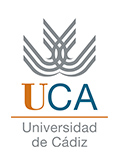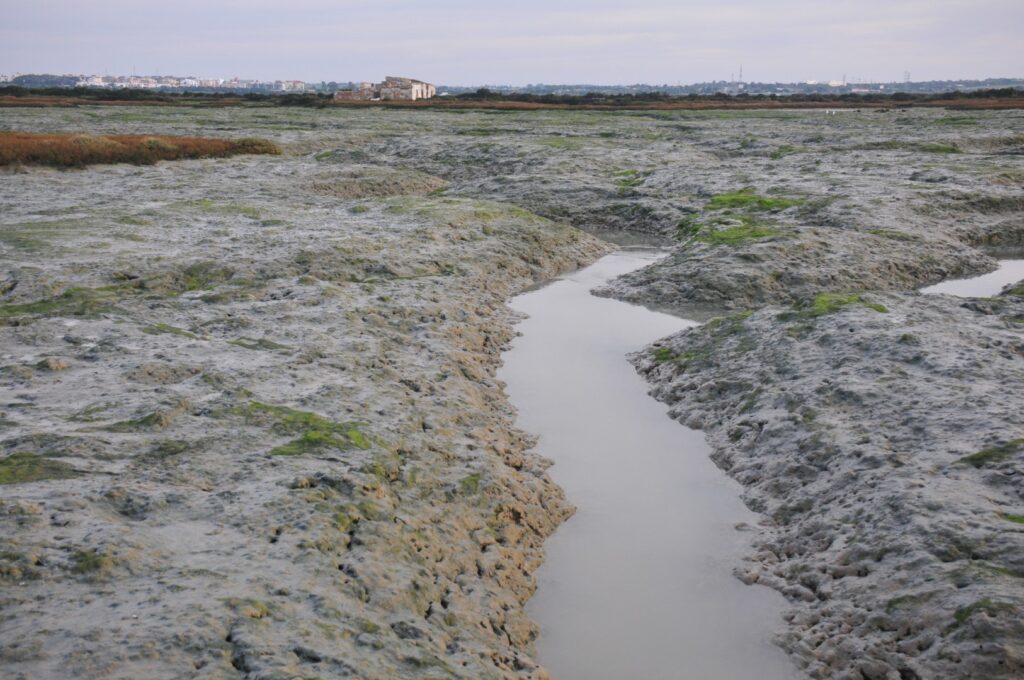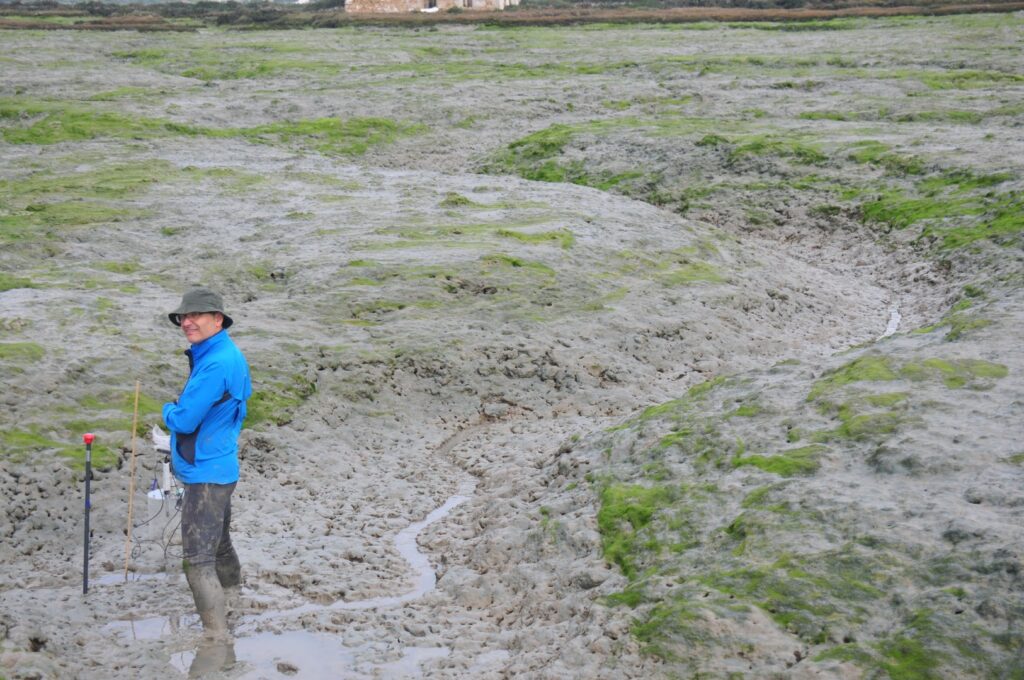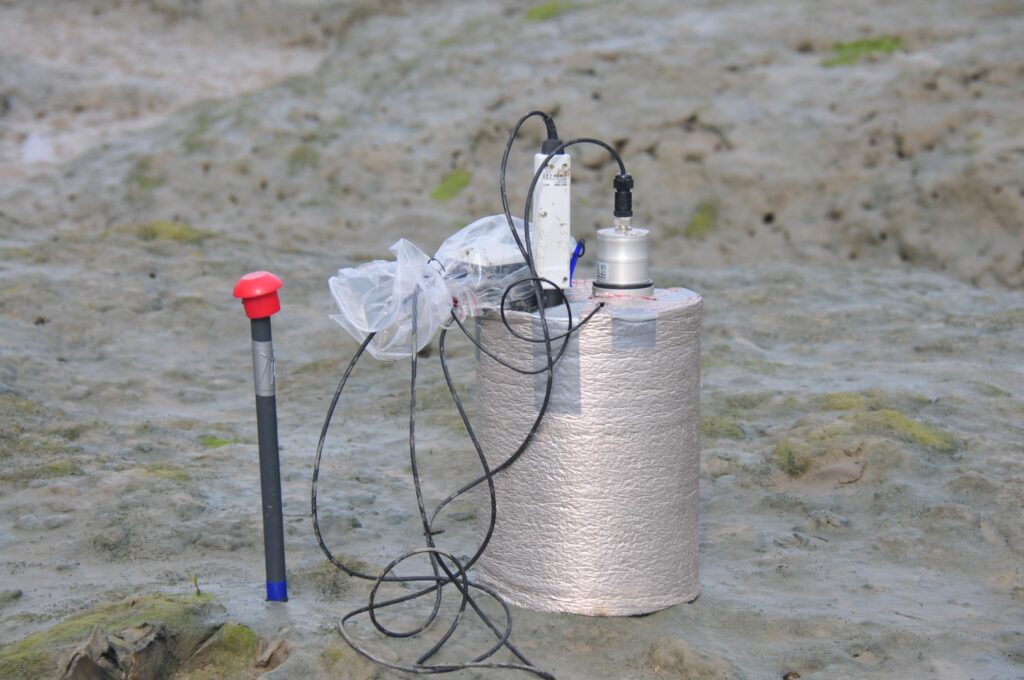
Project TED2021-132439B-I00 RICAS
Funder: MINISTERIO DE CIENCIA E INNOVACIÓN
Duration: from 01 December 2022 to 31 August 2025 (33 months) Finished
€267,950.00
PI: Prof. Alfonso Corzo
Coastal wetlands and saltmarshes are among the most productive ecosystems on Earth, providing vital services such as shoreline protection, water purification, carbon sequestration, biodiversity support, and opportunities for recreation and sustainable livelihoods. However, centuries of human use — from salt production and aquaculture to port and agricultural development — have led to widespread loss and degradation.
In Cádiz Bay, many former saltmarshes have gradually reverted to more natural conditions following the abandonment of saltworks (salinas), undergoing a process known as passive rewilding. Rewilding, whether passive or active, is a nature-based solution aimed at restoring ecological functions and resilience while enhancing natural capital.
Applying rewilding strategies to coastal environments can help mitigate and adapt to climate change, strengthen coastal protection, increase carbon storage, and support biodiversity. Yet, scientific understanding of these processes in marine and coastal ecosystems remains limited.
The RICAS project seeks to fill this gap by generating the scientific knowledge needed to guide the future evolution and restoration of Cádiz Bay’s saltmarshes, ensuring that these ecosystems continue to provide essential services in a rapidly changing world.
An Innovative and Multiscale Research Approach
RICAS integrates cutting-edge techniques and multidisciplinary expertise to better understand how saltmarshes function and respond to change in Cádiz Bay. The project combines field measurements, remote sensing, and numerical modelling across multiple spatial and temporal scales.
At the core of RICAS is the use of the Atmospheric Eddy Covariance (ECV) technique — a highly advanced and rarely applied method in marine environments — to measure CO₂ fluxes and determine primary production and respiration in three key intertidal communities: saltmarsh plants (SHP), microphytobenthos (MPB), and seagrass beds (ZB). The plan is to deploy three ECV towers along the intertidal gradient form a unique mesoscale “ECV mesonet”, providing near-continuous CO₂ flux data throughout seasonal cycles.
These measurements are compared and validated with microsensors and benthic chambers, and then scaled up to the entire bay using drone-based imagery and satellite multispectral data to generate high-resolution CO₂ flux maps.
The project also couples short-term carbon fluxes (production and respiration) with long-term carbon burial data derived from sediment cores and radiometric dating. This dual perspective reveals how much carbon is stored versus re-emitted to the atmosphere and how rewilding influences carbon sequestration and biodiversity recovery in abandoned salt ponds undergoing passive restoration.
Finally, RICAS applies the Delft3D hydrodynamic model, calibrated for Cádiz Bay, to simulate present and future conditions under sea-level-rise scenarios. Integrating experimental data with modelling allows RICAS to predict how wild and rewilded saltmarshes may evolve — assessing their capacity to adapt, migrate, or face “coastal squeeze” due to human infrastructure — and to inform future conservation and management strategies.







